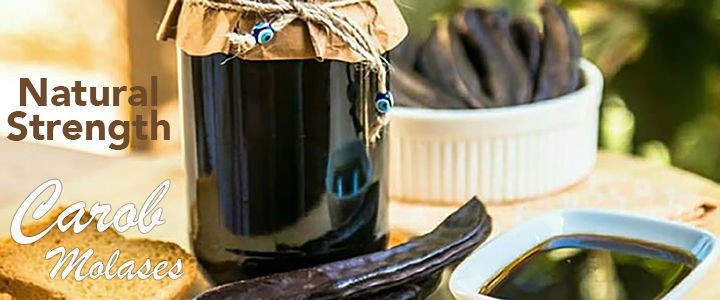English
You have no items in your shopping cart.
Products tagged with 'romania'
LIVADA Condiment Mititei (Grilled Minced Meat Seasoning) 20g
The perfect seasoning blend for making mici, or mititei- traditional Romanian grill sausages.
$2.99
LIVADA Foi de Dafin (Bay Leaves) 15g
Fresh or dried bay leaves are used in cooking for their distinctive flavour and fragrance. The leaves should be removed from the cooked food before eating (see Safety section below). The leaves are often used to flavour soups, stews, braises and pâtés in many countries.
$3.49
LIVADA Lovage Leaves (Leustean) 20g
Lovage belongs to the parsley family, and its seeds, leaves, and roots are commonly used in Europe for flavoring foods and beverages and for their medicinal properties. The leaves are used in soups, stocks, flavored vinegars, pickles, stews, and salads. In Italy, lovage is used with oregano and garlic for tomato sauces. The seeds are sprinkled over salads and mashed potatoes and are crushed for breads, pastries, biscuits, and cheeses. The stems and stalks are chopped for use in sauces and stews, while the crystallized leaves and stems are used for decorating cakes. Lovage is great when cooking lentils- sweat a few leaves with onions , then let the lentils cook slowly with the lovage. Pesto is traditionally made with basil, but can be made with most herbs. Try it using sorrel and lovage. Lovage can be used on a pizza topping or add a handful of chopped lovage on pasta. Lovage is excellent with fish, such as salmon. Chop the leaves in a fresh leaf and herb salad- dress with your favorite dressing. Lovage soup is delicious. Leek and lovage soup really work well together.
$2.99
LIVADA Marar Leaves (Dill) 20g
Dried dill can also be used to add flavor to dips, marinades, and potato, chicken, or tuna salads. As for the seeds, dill seeds can be used whole or crushed and added to bread, soups, or vegetable dishes. They can also be used to make dill pickles.
$2.99
LIVADA Patrunjel (Parsley) 20g
You can use the dried version as an ingredient in various recipes. It can enhance the flavor of soups, stews, and tomato sauces. Additionally, it's often combined with other herbs in Italian-inspired recipes. It is wonderful to season chicken noodle soup, or as an addition to a chicken marinade!
$3.49
.gif)












































.jpeg)